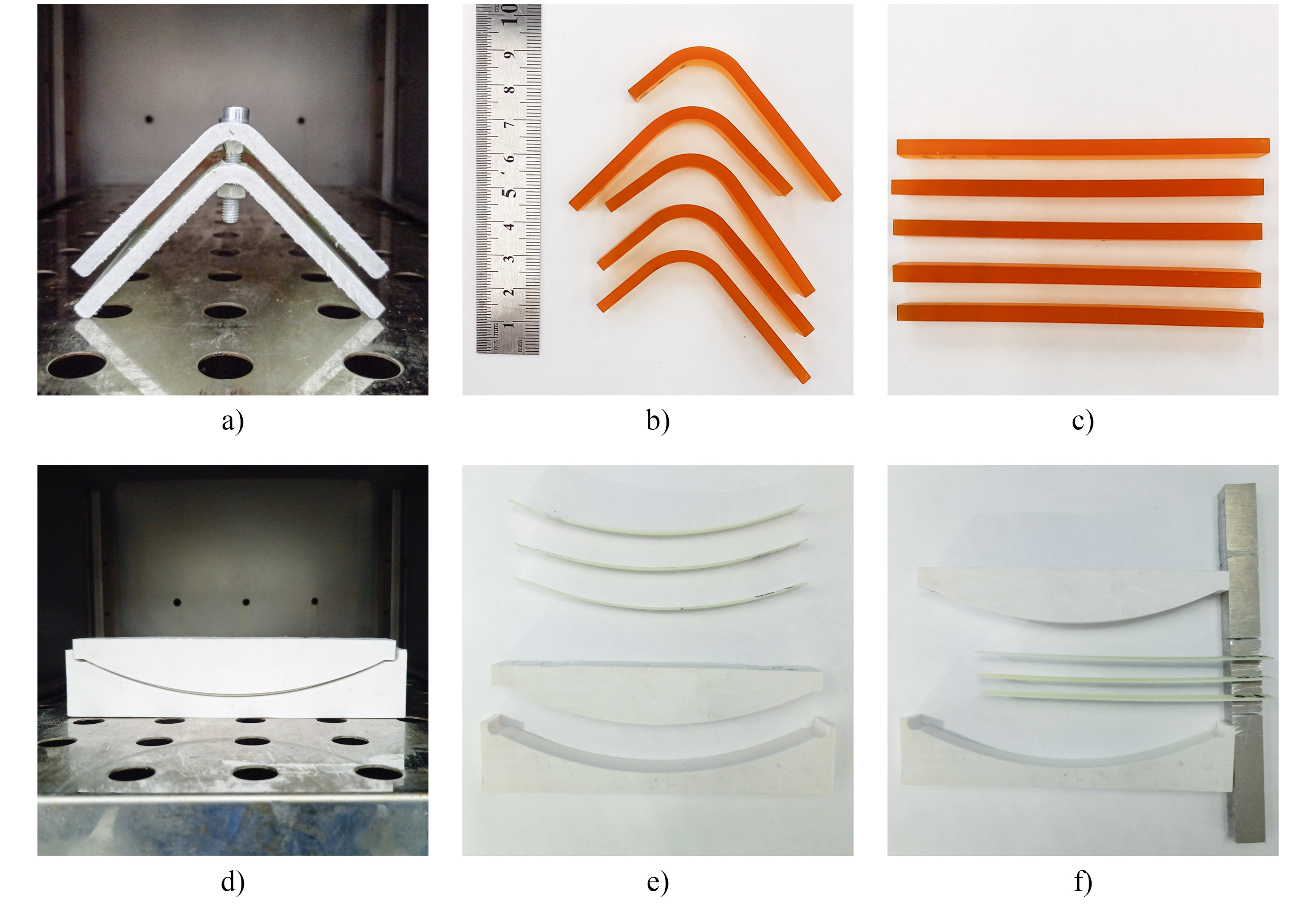
Researchers from Skolkovo Institute of Science and Technology, based in Russia, have been investigating pultruded composite materials in terms of their shape memory behavior.
The scientists have been examining pultruded glass fiber-reinforced epoxy-based flat laminates to see how they resume their original shape following deformation if exposed to the right temperature or other conditions.
This research has potential for manufacturing composites with shape memory for electronics and biomedicine, they say. Shape memory polymers (SMPs) are materials that can recover their initial shape under external stimuli such as temperature, light, moisture, acidity, electricity, or electromagnetic fields. They are used in the aerospace, biomedical, and automotive industries, as well as in 4D printing, temperature sensors, and electronic devices. SMPs are often reinforced with carbon, basalt, or glass fibers, the researchers say.
While SMP manufacturing have been studied in the past, until now there have been no studies on the shape memory effect in composites produced by pultrusion, according to the Institute. Pultrustion could however potentially yield new types of shape memory structural components with unique combinations of geometries and mechanical properties.
‘In this study, we investigated the shape memory behavior and mechanical characteristics of epoxy-based pultruded flat laminates reinforced with unidirectional glass fibers,’ said principal investigator Alexander Safonov at the Institute’s center for design, manufacturing and materials. ‘The analysis also encompassed the resin cure kinetics and the thermomechanical and thermophysical properties of the cured resin.’
‘Our findings may be used for further numerical simulations and the optimization of the pultrusion process. Besides, the results demonstrate that pultruded SMPCs show significant promise for structural applications.’
This story uses material from Skolkovo Institute, with editorial changes made by Materials Today.





